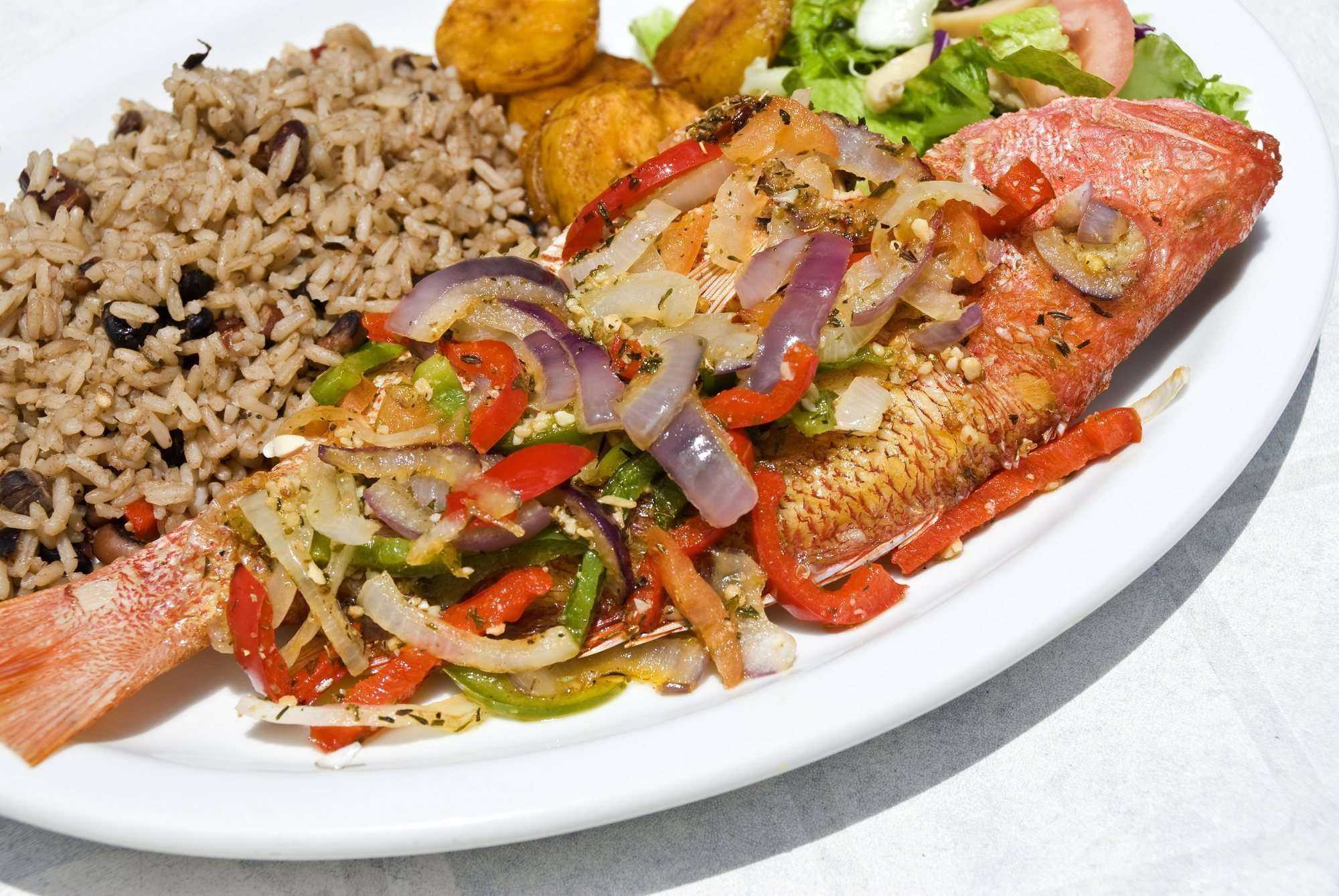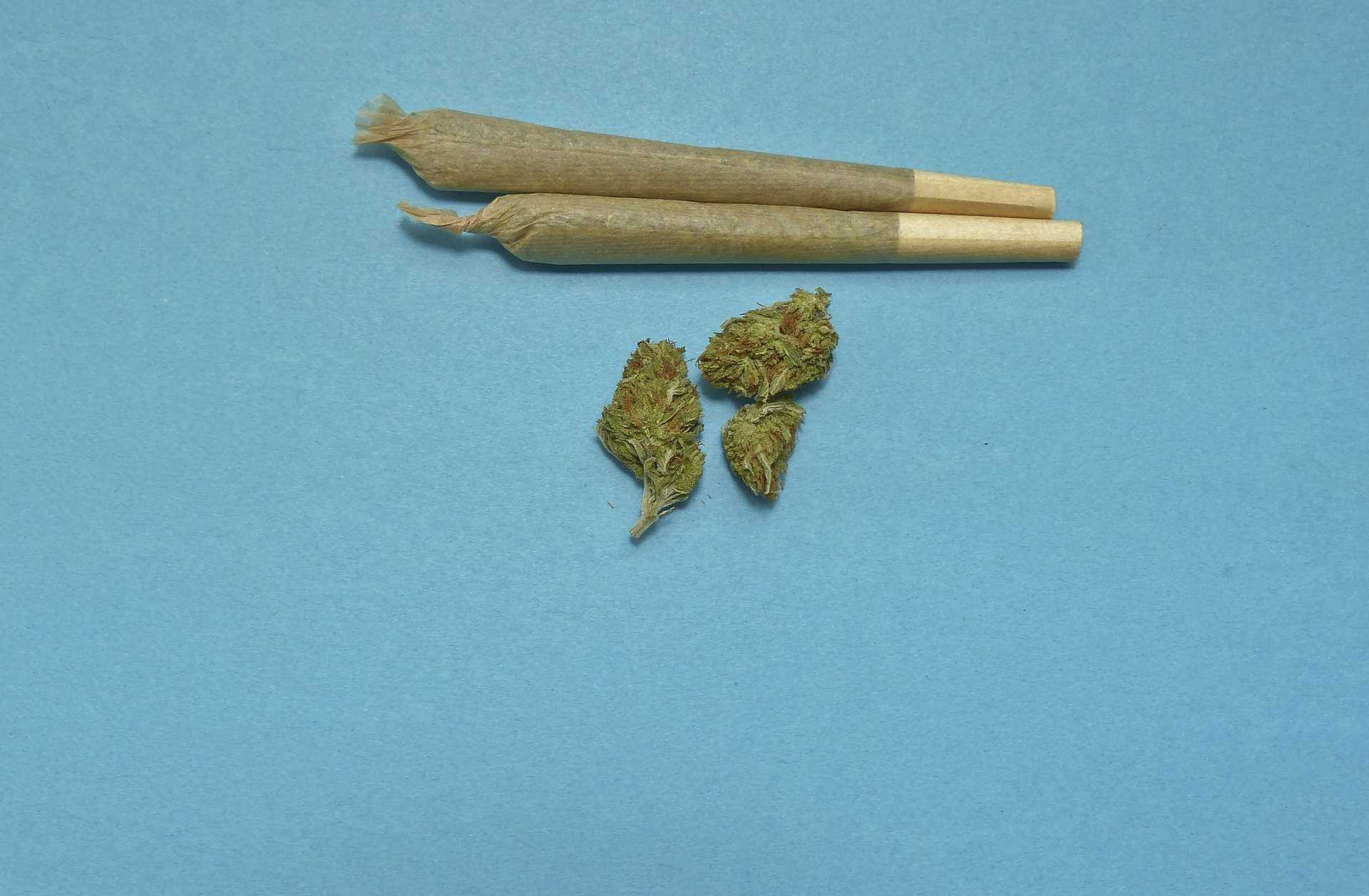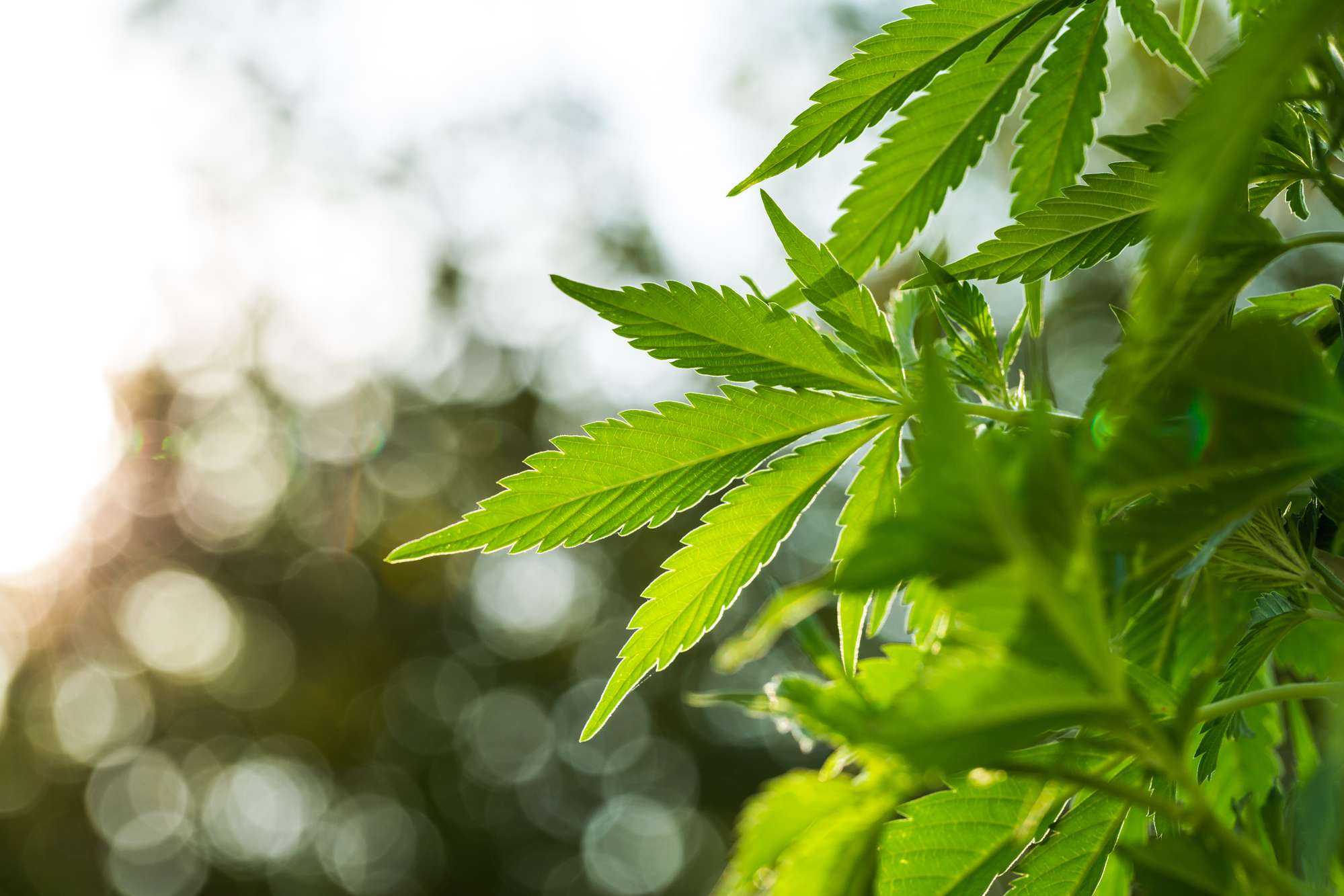Culinary Matters
Caribbean food culture and tradition Rooted in black history

Culinary Matters
Virtual trees: Cannabis presence in the online metaverse
Culinary Matters
Roll-Up; before you do, what are the best rolling papers for cannabis?
Culinary Matters
Montrose Cannabis: Breaking the stereotypes associated with creating a boutique atmosphere for cannabis
-

 Community News2 weeks ago
Community News2 weeks agoChemical hair straighteners are causing uterine cancer, fibroid tumors and infertility in women of colour
-

 Community News2 weeks ago
Community News2 weeks ago“Stop egging me on!” Companies are simply getting better at carefully wording things on their packaging
-

 Community News2 weeks ago
Community News2 weeks agoRichard Rooney gifts $5 million to the African Studies Centre and the Centre for Caribbean Studies at the University of Toronto
-

 Community News2 weeks ago
Community News2 weeks agoNot just a reunion; It’s a powerful catalyst for unity and growth. Welcome to the 10thBiennial Jamaica Diaspora Conference
-

 Community News2 weeks ago
Community News2 weeks agoSharp rise in the number of medically assisted deaths in Canada sparks concerns
-

 Community News2 weeks ago
Community News2 weeks agoAmplifying authentic African narratives; the stars came out at the BSO Symposium
-

 Junior Contributors6 days ago
Junior Contributors6 days agoBeneath the waves: Unveiling the legacy of the transatlantic slave trade in the Bahamas
-

 The Poetic Word6 days ago
The Poetic Word6 days agoEverlasting Flames-to be Submitted



























Alice Carroll
February 9, 2022 at 6:50 pm
It’s interesting to know that the Americas have also influenced some additions to the common ingredients found in Caribbean food. I’m interested in looking for a restaurant primarily service such cuisine. After watching some movies set in the Caribbean, I’ve become quite fascinated by the food they eat.